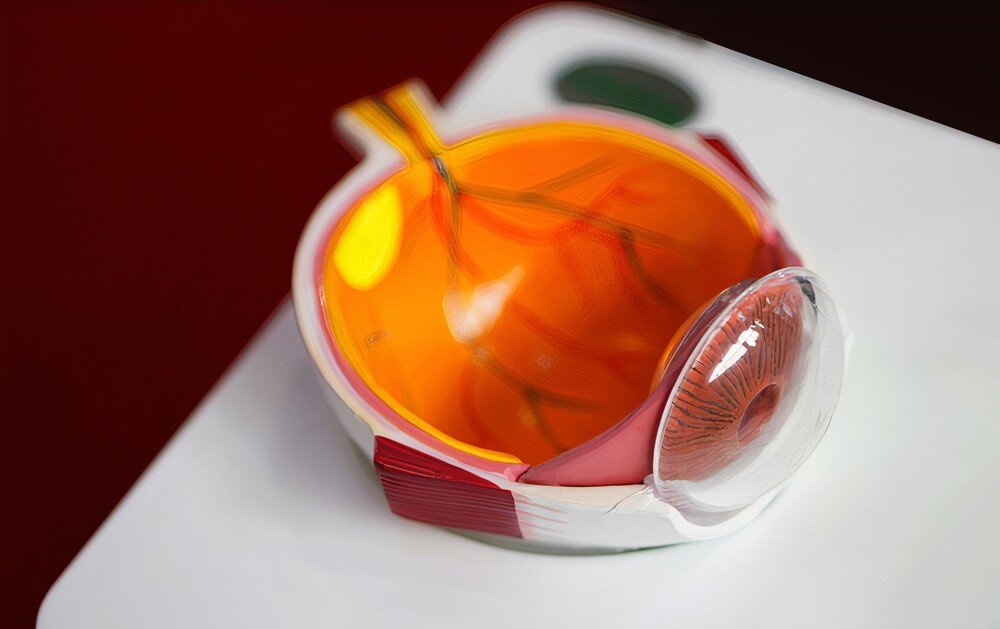How does this disease progress? (Stages of retinopathy)

Diabetic retinopathy develops gradually over time. This disease begins with high glucose, which damages the blood vessels throughout the body, including the retina. This damage occurs in stages, as follows:
1) Stage 1 (Background retinopathy):
Small retinal vessels are blocked and swell; thus, tiny bulges appear on the retina (microaneurysms). These swollen vessels leak fluid to the retina.
At this stage, you don’t have any symptoms. But you are at a high risk of vision problems later. You also don’t need active treatment, but you should control your glucose level more effectively to prevent progression.
2) Stage 2 (Pre-proliferative retinopathy):
More damage to the retinal vessels occurs, and your doctor sees more changes in the retina, such as bleeding into it. Also, these damaged vessels can’t supply the retina with adequate blood (ischemia).
At this stage, there is a much higher risk of vision affection. Also, you will need more frequent eye screening exams (every 3, 6, or 9 months) to monitor your eyes.
The previous two stages represent the non-proliferative type of retinopathy. In this type, your condition progresses from mild to severe with more damage to blood vessels.
3) Stage 3 (proliferative retinopathy):
It is the most advanced and severe type of diabetic retinopathy. In this type, your body responds to retinal ischemia by stimulating the growth of new abnormal vessels on the retina. But, these new vessels are fragile and more likely to bleed and leak fluid easily into the vitreous (jelly-like fluid fills in front of the retina). According to the amount of this bleeding, you may see a few dark floaters (if slight) or lose your vision (if much).
Also, scar tissue forms with the new vessels formation, which may pull on the retina and causes a retinal detachment. Also, these new vessels interfere with the normal flow of fluid from the eyes, which increases the intraocular pressure. High intraocular pressure cause glaucoma and destroys the optic nerve.
At this stage, you are at risk of losing your sight. You can’t restore what you lost; thus, you need active treatment to save the remaining of your vision.
4) Diabetic maculopathy:
The macula lies central to the retina; it is responsible for the central vision. Sometimes the damage of retinal blood vessels affects the macula, leading to fluid leakage (macular edema) and (or) macular ischemia. Macular edema requires treatment to avoid permanent vision loss because it is the most common cause of vision loss among patients with diabetes.


